These 18 NASCAR Drivers Took One Wrong Turn and Never Made It Home
There’s nothing quite like the rush of NASCAR—the speed, the rivalries, the thunder of engines shaking the stands. But for all its heart-stopping excitement, the sport has also seen its share of heartbreak,. Some drivers pushed the limits and never returned to the pit road. Their stories changed the sport and forced NASCAR to rethink safety and ensure the next generation of drivers had a better shot at making it home.
Shocking Loss That Changed NASCAR Forever

Credit: Wikimedia Commons
The final lap of the 2001 Daytona 500 turned into a nightmare when Dale Earnhardt’s car made contact with another vehicle and slammed into the wall at high speed. His fatal basilar skull fracture led NASCAR to require the HANS device and install SAFER barriers.
Stuck Throttle with Deadly Consequences

Credit: Wikimedia Commons
Racing fans were stunned when Adam Petty crashed at New Hampshire Motor Speedway in 2000 during a practice session. His throttle stuck open and sent his car into the wall at full speed. NASCAR introduced mandatory throttle kill switches after this tragic accident to prevent similar deadly situations from occurring again in the future.
Family Hit by Tragedy Twice
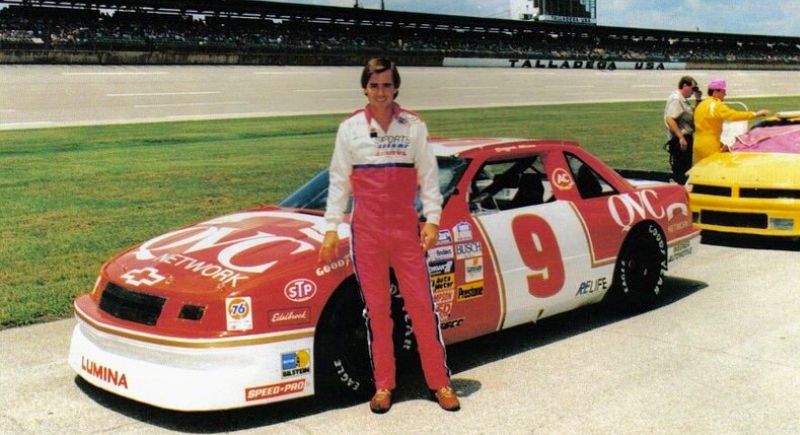
Credit: X
When the Allison family lost Clifford in 1992 during a Michigan practice crash and Davey in 1993 after a helicopter accident at Talladega, every fan mourned the loss. These back-to-back tragedies were heartbreaking for the racing world and reinforced the need for stricter safety regulations on the track and in aviation-related race activities.
Crash That Led to Window Nets
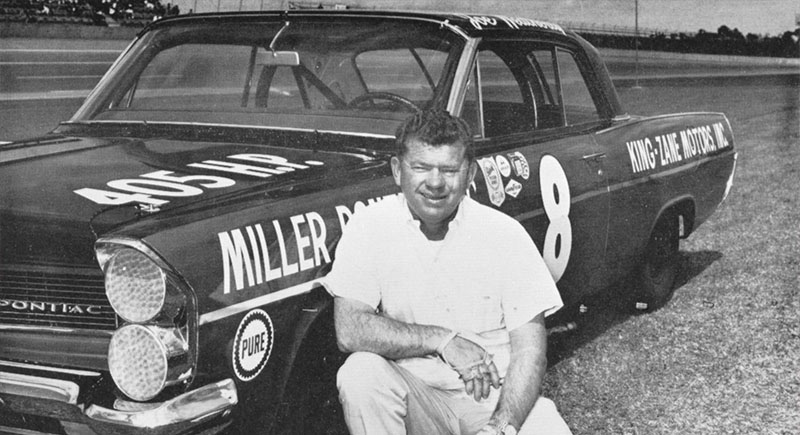
Credit: Facebook
Racing without a window net proved fatal when Joe Weatherly crashed at Riverside International Raceway in 1964. This followed his car slamming into a wall, and his head struck the barrier. NASCAR introduced mandatory window nets after this horrifying wreck. They prevent drivers’ limbs and heads from being exposed during high-speed accidents that could cause severe injuries or fatalities.
Blaze That Changed Fire Safety in Racing
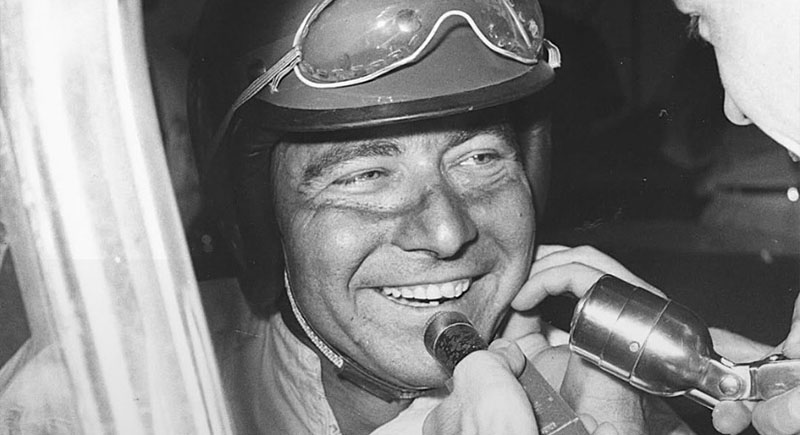
Credit: Facebook
Flames consumed Fireball Roberts’ car during the 1964 World 600 at Charlotte Motor Speedway after a crash left him trapped in a burning vehicle with severe injuries. His tragic passing weeks later led NASCAR to mandate fire-retardant driver suits and fuel cell improvements. It also enhanced fire suppression systems to reduce the risk of deadly flames engulfing cars during accidents.
Another Action-Pushing Stuck Throttle Incident

Credit: flickr
Kenny Irwin’s crash at New Hampshire Motor Speedway in 2000 was nearly identical to Adam Petty’s accident after his throttle stuck open and caused a head-on impact. NASCAR responded by strengthening throttle kill switch regulations and speeding up the implementation of SAFER barriers to prevent future similar devastating wrecks.
Track Danger at Darlington

Credit: X
A heartbreaking crash unfolded during a 125-mile qualifying race for the 1970 Daytona 500 when Talmadge Prince’s Dodge Daytona blew an engine and spilled oil onto the track. Bill Seifert, driving behind him, lost control on the slick surface and crashed into the driver’s side of Prince’s car, killing him instantly. This tragic accident reinforced NASCAR’s commitment to improving safety measures, including better track cleanup procedures and vehicle construction enhancements.
Disaster That Changed Driver Conduct Rules
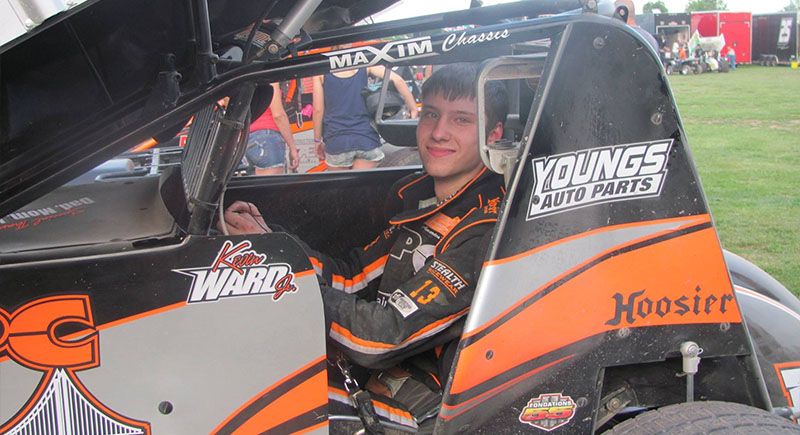
Credit: Facebook
In a 2014 sprint car race, Kevin Ward exited his car to confront Tony Stewart on the track and was struck by Stewart’s sprint car. The tragedy prompted multiple racing organizations, including NASCAR, to implement stricter rules prohibiting drivers from leaving their vehicles on active tracks except in emergencies.
A Wreck That Led to Better Car Construction
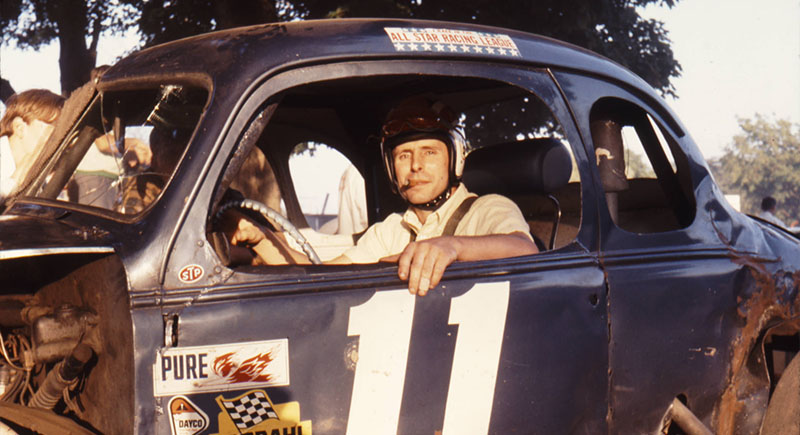
Credit: Facebook
During the Permatex 300 at Daytona International Speedway, Don MacTavish was involved in a horrific accident. His No. 5 Mercury Comet collided with Bob James’ car, which sent MacTavish’s vehicle out of control and into a metal guardrail at high speed. The impact with the exposed butt end of the concrete wall sheared off the front of his car and ejected the engine nearly 100 feet. With the vehicle almost torn in half, MacTavish was left fully exposed in the driver’s seat when Sam Sommers, unable to see through the debris, struck him in a secondary collision. MacTavish was killed instantly at just 28 years old.
Fatal Crash That Pushed for Safer Tracks
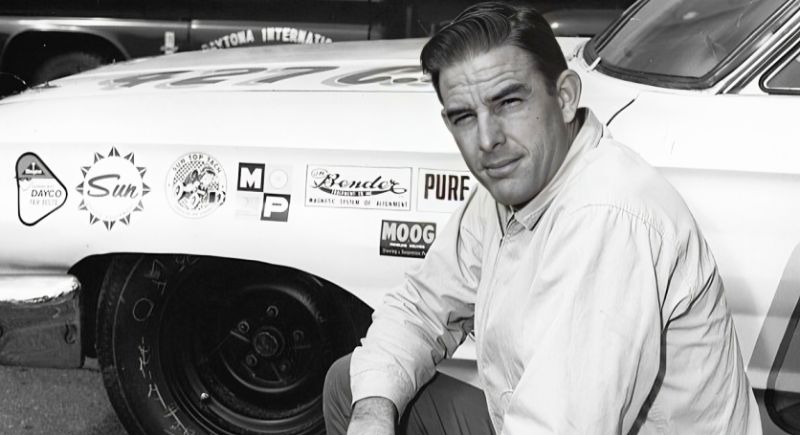
Credit: X
Longhorne’s rough track conditions played a significant role in the 1952 crash that ended Larry Mann’s life. His car lost control at Langhorne Speedway in Pennsylvania and went violently through a fence. NASCAR’s growing need to maintain racetracks properly became evident as safety improvements for track surfaces and barriers were gradually implemented.
Mexico’s NASCAR Tragedy That Sparked Change

Credit: Facebook
International NASCAR competition suffered a devastating loss in 2009 when Carlos Pardo’s car spun out and crashed during a NASCAR Mexico Series race. This tragic accident raised serious concerns about track safety standards in international NASCAR events. Barriers became reinforced barriers, and stronger safety measures were adopted across all racing series.
Devastating Crash That Changed Safety Standards
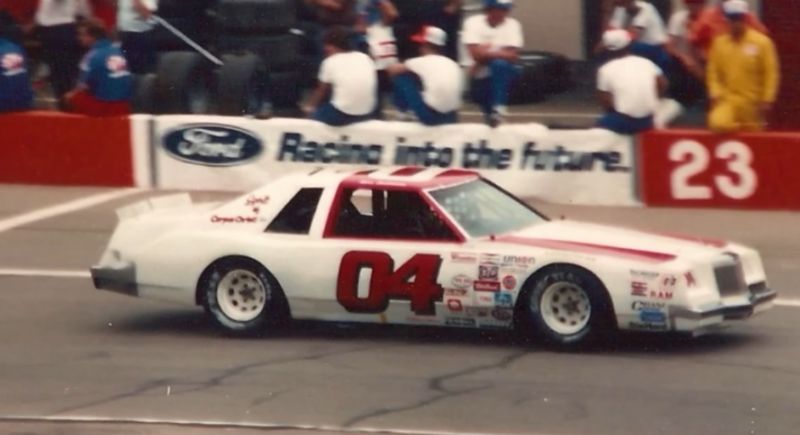
Credit: Youtube
Head injuries became an even more significant concern after Rick Baldwin suffered fatal trauma during a qualifying session at Michigan International Speedway in 1986. His car crashed into the wall at high speed and left him comatose for ten years before passing. Baldwin’s crash contributed to the ongoing dialogue about driver safety.
Hard Impact That Brought Seat Safety
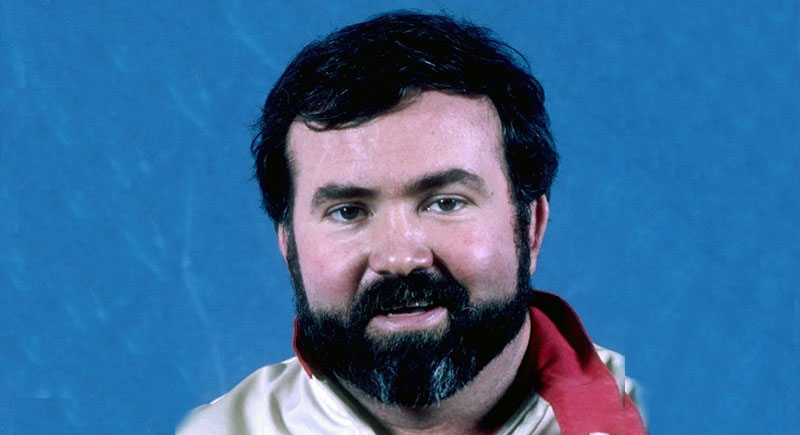
Credit: X
Deadly consequences followed Grant Adcox’s brutal crash during the 1989 Atlanta Journal 500. His car got into a heavy crash that he would have walked away from except for his improperly mounted seat that tore off its moorings. This horrifying accident reinforced the need for enhanced race seating systems.
Modified Tour Tragedy That Shocked Fans
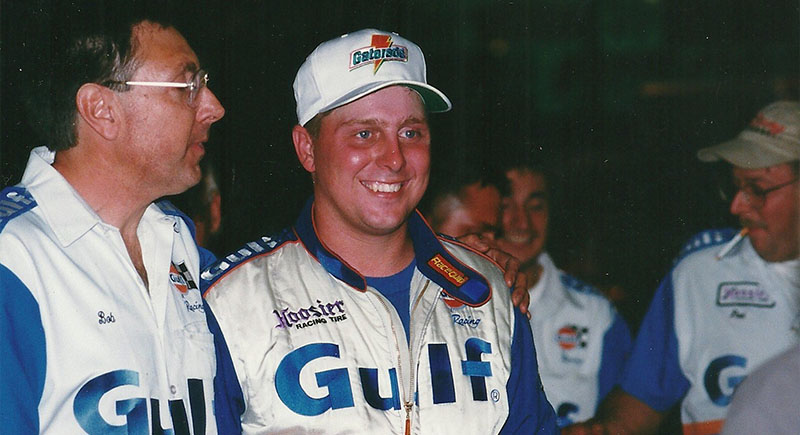
Credit: Facebook
Heartbreaking moments unfolded in 2007 during a NASCAR Whelen Modified Tour race when John Blewett III lost his life after colliding with another motorist’s car. While Blewett’s number 76 was retired, this emotional wreck led to serious discussions about race-day protocols. Increased attention on safety improvements in high-contact motorsports divisions where aggressive driving leads to devastating consequences was addressed.
Push for Better Roll Cages

Credit: Wikimedia Commons
Severe wrecks in the NASCAR Truck Series gained attention in 1997 when John Nemechek suffered fatal injuries at Homestead-Miami Speedway. His high-speed crash exposed weaknesses in vehicle construction. His tragic passing pushed for stronger roll cages and reinforced structures in truck series vehicles, leading to significant safety advancements in the following years. Homestead also reconfigured its track to an oval shape with six-degree banking.
Safety Upgrades Due to a Modified Series Loss
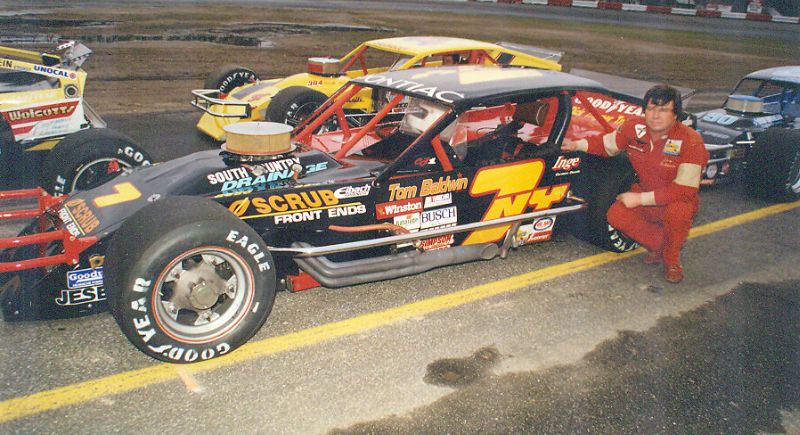
Credit: Stafford Speedway
During the New England Dodge Dealers 150 at Thompson International Speedway, veteran driver Tom Baldwin Sr. tragically lost his life in a racing accident. On lap 10, Baldwin spun into the infield to avoid another competitor’s car and collided with a concrete block protecting a light pole, first striking its driver’s side. The impact proved fatal.
Practice Crash That Claimed Neil Bonnett
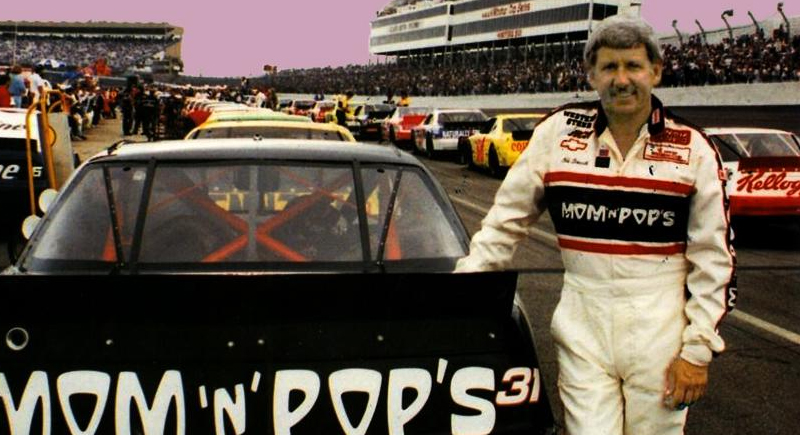
Credit: Reddit
Neil Bonnett was killed during practice for the 1994 Daytona 500 after his car snapped loose and slammed nearly head-on into the Turn 4 wall. The violent impact caused fatal head injuries, shocking the garage and underscoring how unforgiving high-speed practice sessions could be even before the green flag dropped.
Sudden Collapse That Shook NASCAR
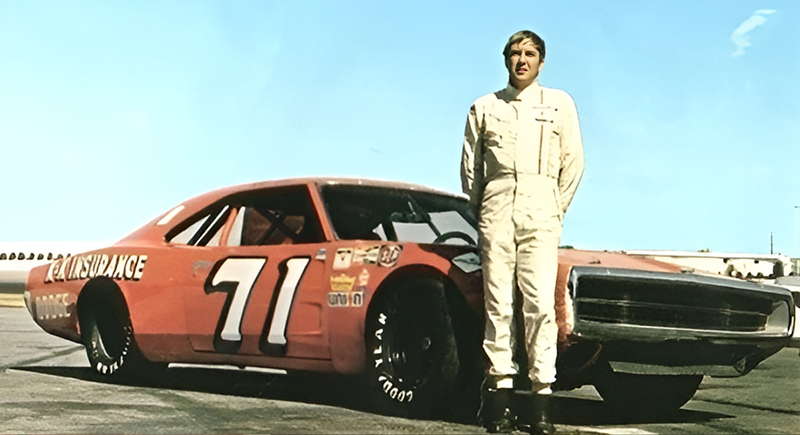
Credit: flickr
Bobby Isaac collapsed during a 1977 late-model race at Hickory Motor Speedway and later died at a local hospital after suffering a massive heart attack linked to heat exhaustion. The former champion’s sudden death stunned fans and highlighted the physical toll racing placed on drivers during extreme conditions.